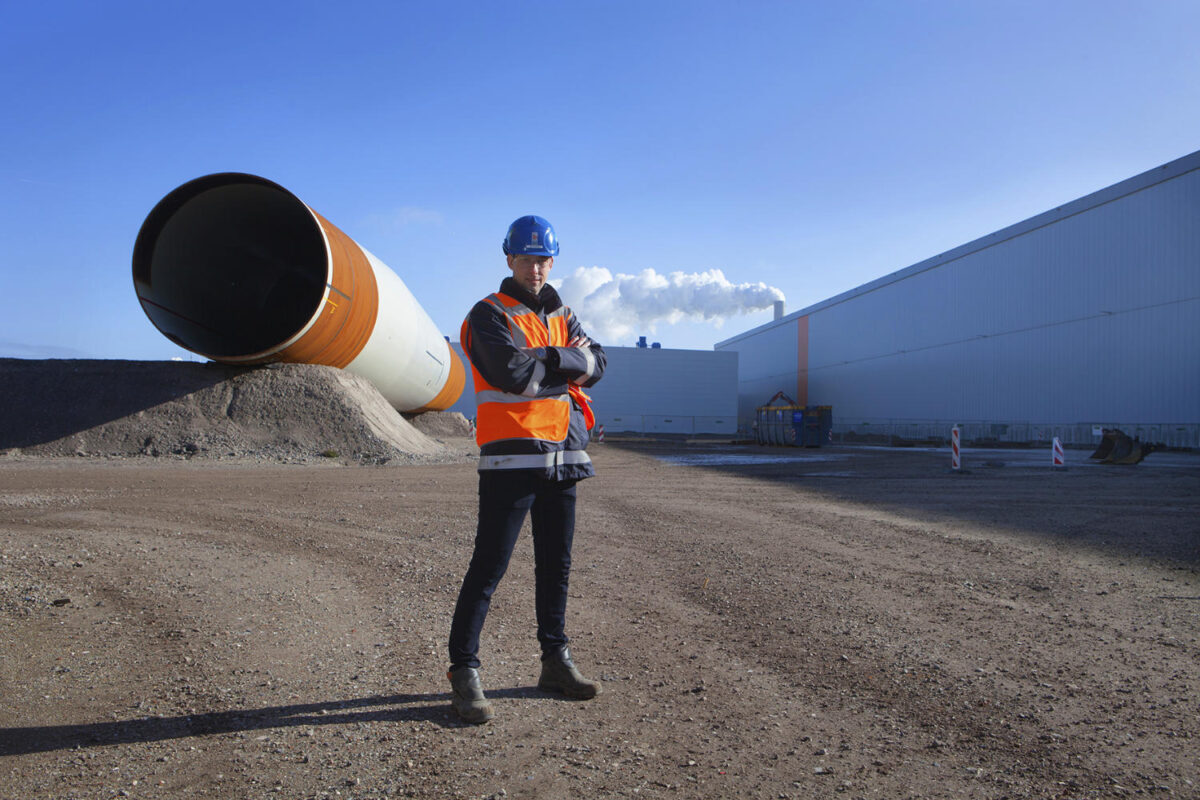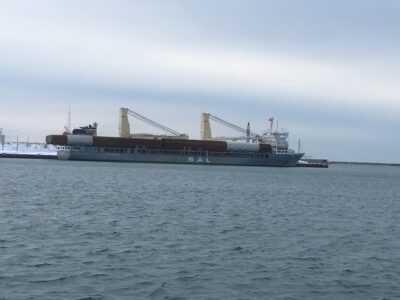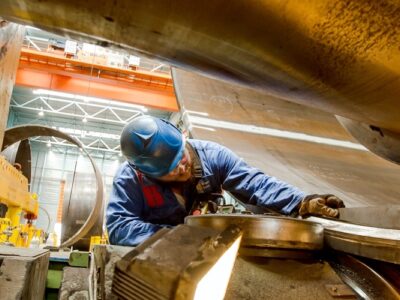
Sif building for the future
In response to the wind industry’s ambition to venture into deeper waters, lower the cost price, and generate more energy, stricter requirements are now being defined for coating. Added to that, the new design standard means that diameters will get bigger and the wall thicknesses of monopiles will be smaller. Given this new design trend, Sif has decided to adapt its production facilities in Roermond and the Maasvlakte.
Future-proof coating and production facilities
In the coming years, Sif will therefore invest in its production location in Roermond and in its assembly and coating facilities on the Second Maasvlakte. A section of the production halls in Roermond is being prepared for larger diameters and therefore heavier cans. At the same time, roller racks and other equipment are being modernised or adapted so that thin-walled cans can be used.
In Rotterdam, Sif is currently building two extra coating halls that are due to be operational by early July. After that, the now 54 metres long hall will be extended by 106 metres. This extension needs to be ready by the end of 2019 so that we can start installing machines in the first half of 2020.
Investing in Roermond and Rotterdam
At the moment, all the cans are rolled and welded in Roermond and assembled into monopiles on the Second Maasvlakte. From 2020 onward, we’ll also start rolling and welding cans in Rotterdam. ‘We need to do this so that we can meet the future demand for larger diameters. Roermond can’t meet that demand on its own,' says Bart Overbeek, Operational Manager Monopiles. ‘But this doesn’t mean there will be less work in Roermond. Across the entire line, we can see that the variation in requirements is growing. And the demand for smaller diameters is growing too. Internationally, the Netherlands has signed agreements to achieve specific targets in the area of sustainability. Wind energy – and therefore Sif – can make an important contribution to this.’
The monopile is growing:
- The maximum diameter of monopiles is now 8.3 metres (Borssele 1-2) and will increase to 11 metres.
- Up to now, the heaviest monopile weighed 1234 tons, but that record is about to increase to over 2000 tons.
- The coating surface will double from 1500 to 3000 square metres (internally and externally).




